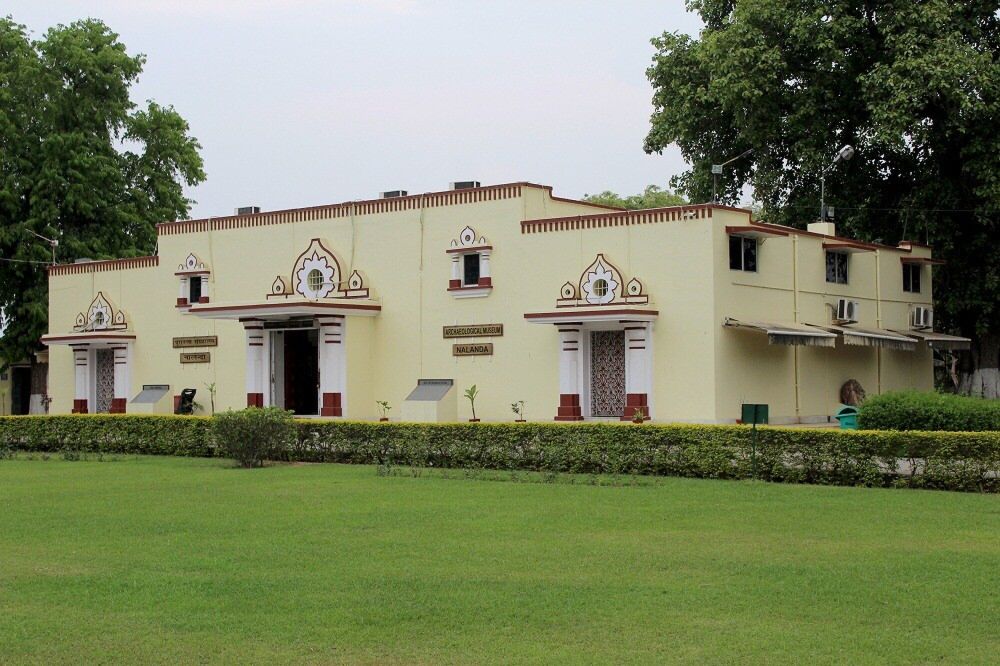

Nalanda, once a powerhouse of knowledge and education in ancient India, is home to the ruins of the Nalanda Mahavihara (great monastery) and the Nalanda Archaeological Museum which stand testimony to its historical significance. Established as an ancient center for learning around the 5th century CE, Nalanda University attracted students from far and beyond, making it a site of global importance in the realms of knowledge and culture.
The Nalanda Archaeological Museum was established in 1971 to preserve and showcase the artifacts found during the excavations of the ancient Nalanda University. This university was an eminent Buddhist monastic-cum-educational institution until it was ransacked and destroyed by an army under Bakhtiyar Khilji in the 12th century. The rediscovery of the site in the 19th century sparked interest globally, subsequently leading to various excavations carried out by the Archaeological Survey of India (ASI).
Tourism started to flourish post-independence as the Indian government began to emphasize on the conservation and promotion of historical sites for cultural tourism. Recognizing Nalanda's contribution to global history, UNESCO declared it a World Heritage Site in 2016, which further bolstered tourism in the area.
The Nalanda Archaeological Museum hoards a rare collection of Buddhist and Hindu artifacts, coins, pottery, inscriptions, and sculptures. Vast in its scope, the museum represents the artistic and spiritual heritage of one of the oldest universities in the world. Noteworthy attractions at the museum include:
Today, Nalanda is a sought-after destination for both religious pilgrims and history enthusiasts. The latest tourism trends in Nalanda involve:
Overall, Nalanda Archaeological Museum continues to charm and educate visitors, ensuring its place as a key historical and cultural destination in India.